
Pillinger class NX-9143 - the latest Hermes class evolution.
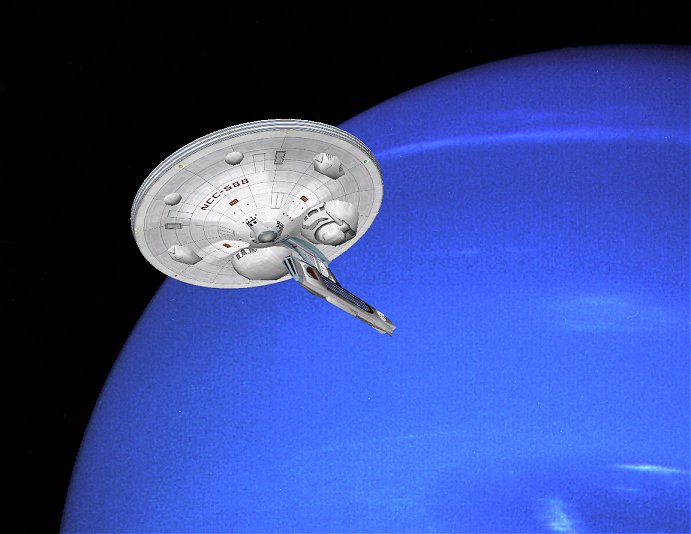 The Pillinger class scouts are the principal scout class vessels for Starfleet in the late 23rd and early 24th century. Derived from the successful refit of the Hermes class scout, the Monoceros class had additional sensors on the dorsal surface of the primary hull.
The Pillinger class scouts are the principal scout class vessels for Starfleet in the late 23rd and early 24th century. Derived from the successful refit of the Hermes class scout, the Monoceros class had additional sensors on the dorsal surface of the primary hull.
The later Flight III Monoceros class had further sensors and scouting facilities added to the ventral surface of the primary hull to produce the first of the Pillinger class. With the drive on exploration that was started in the 2280s and highlighted by the Tabula Rasa Incident, Starfleet had a new impetus to upgrade their scout and science vessel fleets.
Flight III – NCC 9143 - 2290s with extra sensor arrays on ventral hull. Pillinger class,
Flight IV – NCC 10734 - 2300 second Pillinger batch with extra sensors.
Super scout connection
The late 2280s saw the Kestrel super scout (SS-3000) project that was devised to provide a fast scout with cutting edge sensor capabilities. Monoceros class U.S.S. Pegasus trialled the Big Ear sensor equipment that was later fitted to NX-3000. As with the following Phantom project, the Kestrel class role was clarified to be one of supporting tactical assets in intelligence gathering and providing real time information to fleets.
The Monoceros class pioneered this supporting role to the fleet in the 2280s and early 2290s, superseded by the Kestrel class vessels as they came online. With the Monoceros class freed up from this fleet support role, they became the frontline scout vessels for the scientific arm of the Starfleet. The Advanced Starship Design Bureau continued to work with private corporations to outfit the Monoceros class vessels with the latest sensors and laboratory equipment.
Recent history
Away from the conflicts of the 2290s, the Hermes class scouts continued to further the pursuit of science and exploration, pushing back the Federation frontiers. As with all exploits of exploration, there were risks and vessels were lost at the rate of one or two per year over the 2290s, including many that were the first to encounter the Tzenkethi Coalition in the Alpha Quadrant.
The production line for the Hermes class scouts has never ceased since the class first emerged in the 2250s. The need for extensive sensor arrays has prevented the addition of a second warp nacelle in the Akula class destroyer style. A second parallel nacelle has been tested, however the new Kestrel class duplicates this feature more successfully.
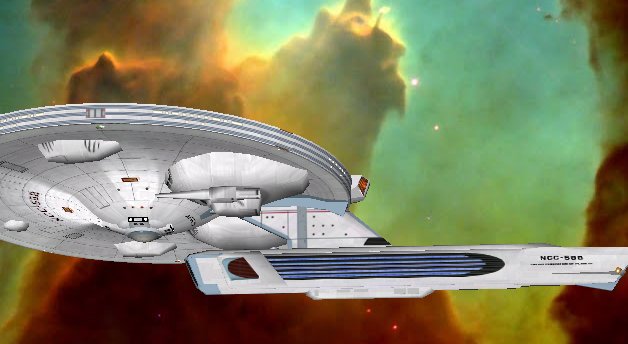 Attrition of the batch 1 Hermes class, and the success of the Monoceros class batch 1 made the production of a more numerous batch 2 guaranteed. These scouts would follow the successful design laid down by NCC-601 and her classmates. The Federation Science Council decreed in the late 2270s that exploration and discovery were to be raised in the Starfleet list of priorities. This was assertion was made time and again during the Starfleet reviews that were to follow.
Attrition of the batch 1 Hermes class, and the success of the Monoceros class batch 1 made the production of a more numerous batch 2 guaranteed. These scouts would follow the successful design laid down by NCC-601 and her classmates. The Federation Science Council decreed in the late 2270s that exploration and discovery were to be raised in the Starfleet list of priorities. This was assertion was made time and again during the Starfleet reviews that were to follow.
The OC5889S array made the Monoceros class a formidable scouting opposite to the equally successful Akula class destroyer. By the late 2280s, shipyards across the Federation were producing Monoceros class scouts for both Starfleet and private corporations. By 2289 this batch 2 derivative was evolving still further with the assistance of sensor arrays from Bold Futura and Massive Dynamic. This Hermes class derivative was to have sensors fitted on the ventral hull surfaces with which to be able to survey planetary surfaces in more detail.
Author's notes:
The idea with the Pillinger class was to update the Hermes for the modern Starfleet. I asked my good friend Andrew Brown to add Constellation class dorsal sensor pods onto the existing Monoceros class design. The idea was that this was the larger science partner to the Oberth and T'lani class scouts. Unlike those two designs, the Pillinger is able to have outboard sensor arrays and have a very functional look.
Whereas earlier scouts are named for mythological beasts and celestial bodies, the Pillinger class are named for scientists, discoverers and explorers. An endless list of names if ever there were one.
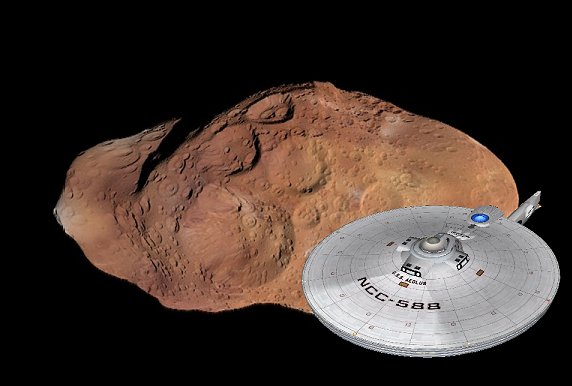
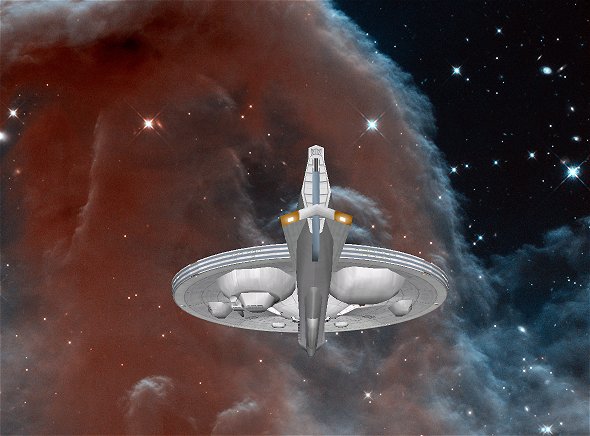
Oberth class was a promising science vessel, but was limited by crew numbers, endurance on station and a small hull that did not lend itself to outboard sensor arrays. These Hermes class derivatives possessed a longer range and a hull that could fit outboard sensors. The first of the batch 3 Monoceros class, U.S.S. Pillinger NX-9143, emerged in the 2290s with additional sensor arrays and specialised crews that could be tailored for the mission.
The new design soon proved its worth in the Tabula Rasa campaign, displaying its superior skills in mapping planets and surveying their lifeforms. This helped in the Metar and Taubat missions. The Hermes class has shown that it can continue to develop and modernise. Well over three hundred vessels are now in service with more under continuous construction in many yards across the Federation.
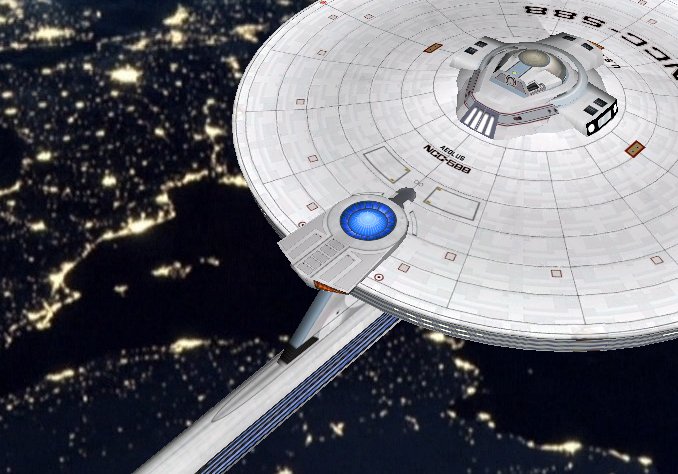
CGI artwork by Andrew Brown. Copyright © Starbase23.net.
Author notes:
Pillinger class, Monoceros batch 3, is named for the famous British scientist Colin Pillinger, who was a founding member of the Planetary and Space Sciences Research Institute at Open University in Milton Keynes, principal investigator for the British Beagle 2 Mars lander project and played a pivotal role in the Rosetta mission. He said "I was a disaster as a science student", yet he turned out more than alright.
The quote that best sums up why he is such an appropriate name for this scout class is this: "As an organic chemist, turned geologist, turned astronomer who uses isotopic analyses to unravel the origins of life, our planet, the solar system and the stars, I hope I have something in common with the versatile men who were early Gresham Professors. The subjects which I research already enjoy popular interest; by combining them to produce a story of life told from the genealogy of its elements, my aim is to appeal to the widest possible audience, using an interdisciplinary approach to attempt to unravel the time-honoured puzzle, where do I come from?"
I wanted to make sure that Starfleet has science vessels in large numbers and together with Oberth class and the larger Constellation, Renaissance and Excelsior classes, this would be the primary science vessel. In this case, as a scout.







 The Pillinger class scouts are the principal scout class vessels for Starfleet in the late 23rd and early 24th century. Derived from the successful refit of the Hermes class scout, the Monoceros class had additional sensors on the dorsal surface of the primary hull.
The Pillinger class scouts are the principal scout class vessels for Starfleet in the late 23rd and early 24th century. Derived from the successful refit of the Hermes class scout, the Monoceros class had additional sensors on the dorsal surface of the primary hull. Attrition of the batch 1 Hermes class, and the success of the Monoceros class batch 1 made the production of a more numerous batch 2 guaranteed. These scouts would follow the successful design laid down by NCC-601 and her classmates. The Federation Science Council decreed in the late 2270s that exploration and discovery were to be raised in the Starfleet list of priorities. This was assertion was made time and again during the Starfleet reviews that were to follow.
Attrition of the batch 1 Hermes class, and the success of the Monoceros class batch 1 made the production of a more numerous batch 2 guaranteed. These scouts would follow the successful design laid down by NCC-601 and her classmates. The Federation Science Council decreed in the late 2270s that exploration and discovery were to be raised in the Starfleet list of priorities. This was assertion was made time and again during the Starfleet reviews that were to follow.






